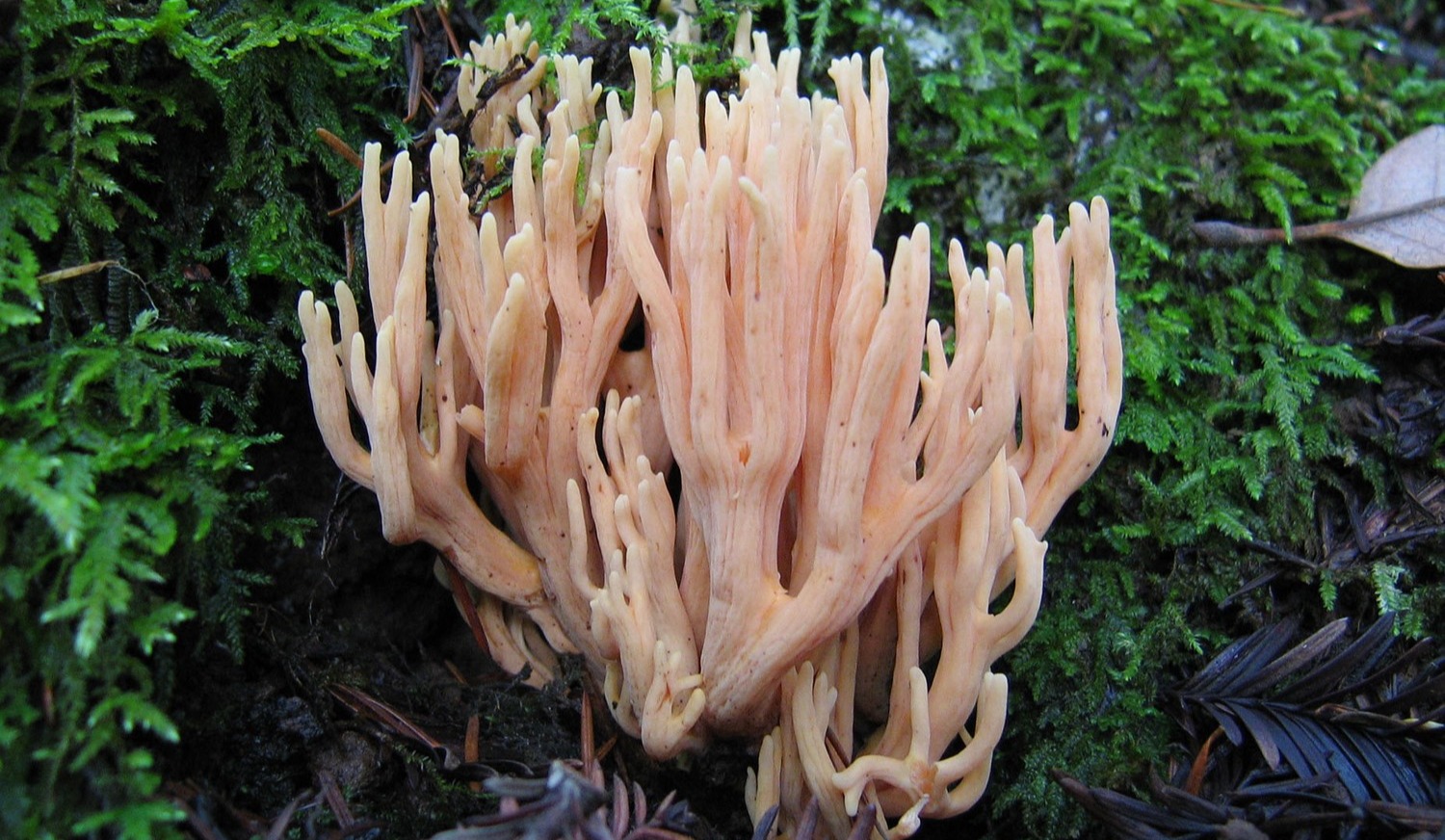As winter approaches mushroom season is right around the corner!
Fungi, in addition to having plenty of pun-potential, serves very important purposes in ecosystems. They are decomposers, feeding off dead plant matter, promoting biodiversity, and making nutrients available for new life to grow. Further, fungi promote climate resilience by absorbing carbon from the atmosphere and storing it in soil. On top of it all, mushrooms make for tasty, nutritious meals - though we don’t recommend eating mushrooms you find in the wild - or disturbing any “flora or fauna” found in open spaces.
Keep reading to learn about the variety of mushrooms found in the Santa Clara Valley.
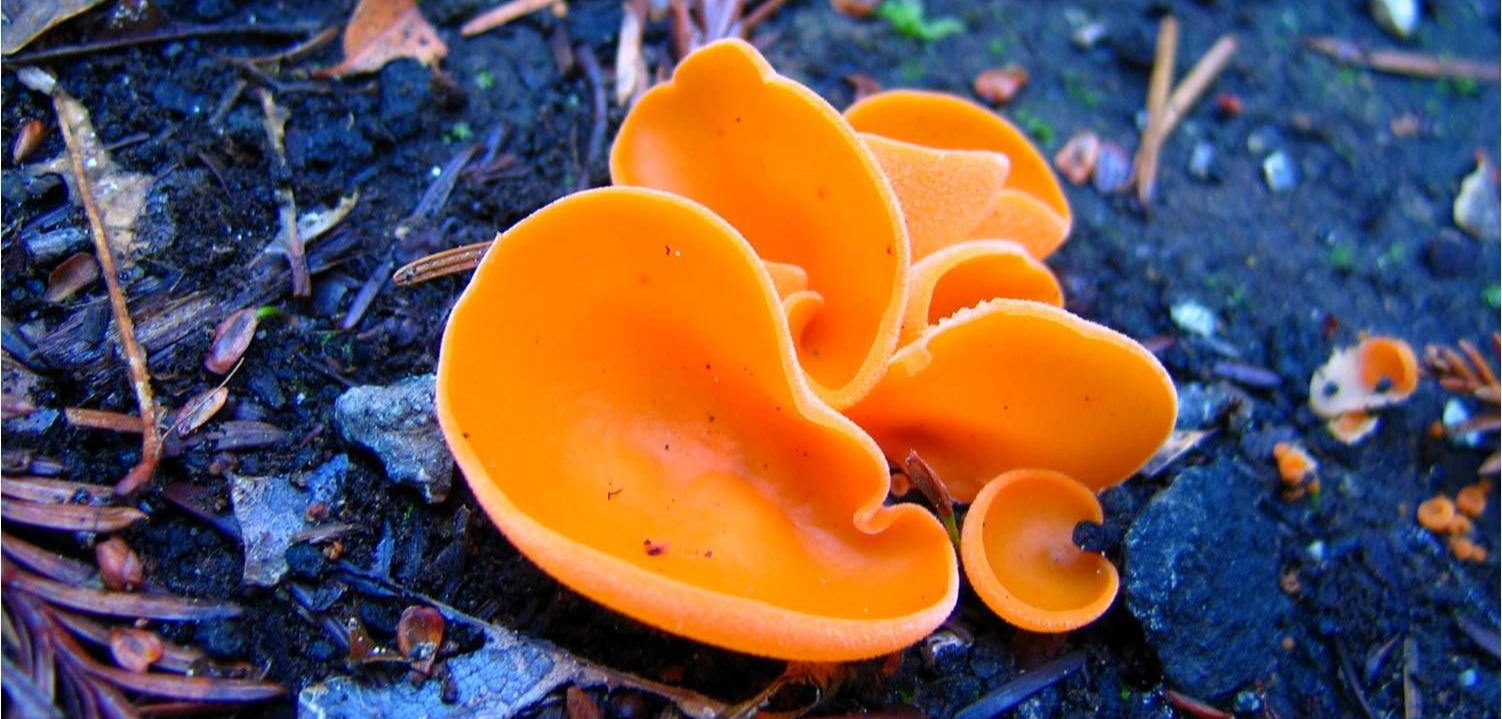
Orange peel
Orange peel is an unusual fungus that can be found in the Santa Cruz mountains. It prefers wet, soggy ground near creeks. This variety is also known as orange fairy cup fungus. This mushroom’s pores are too small to see with the naked eye but are on the upper surface of the cap, releasing spores when the wind blows, helping it reproduce. Its peculiar shape and vibrant color are hard to miss when on a winter hike.
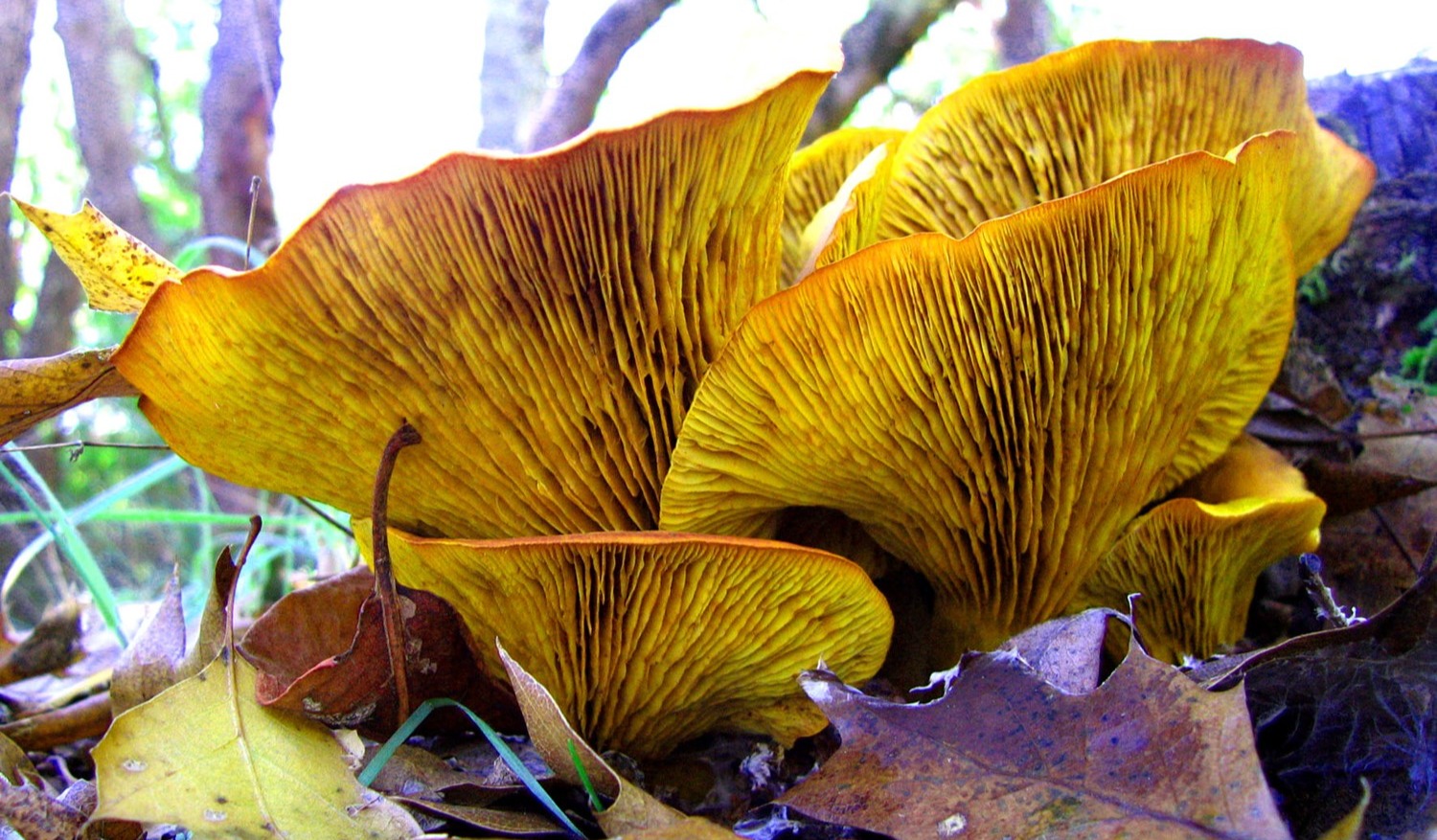
Western jack o’ lantern
The western jack o’lantern is an orange to brown-colored gilled mushroom native to California and Mexico. This mushroom is phosphorescent, glowing green in the dark. Fun fact: The green is at its brightest at the peak of spore production.
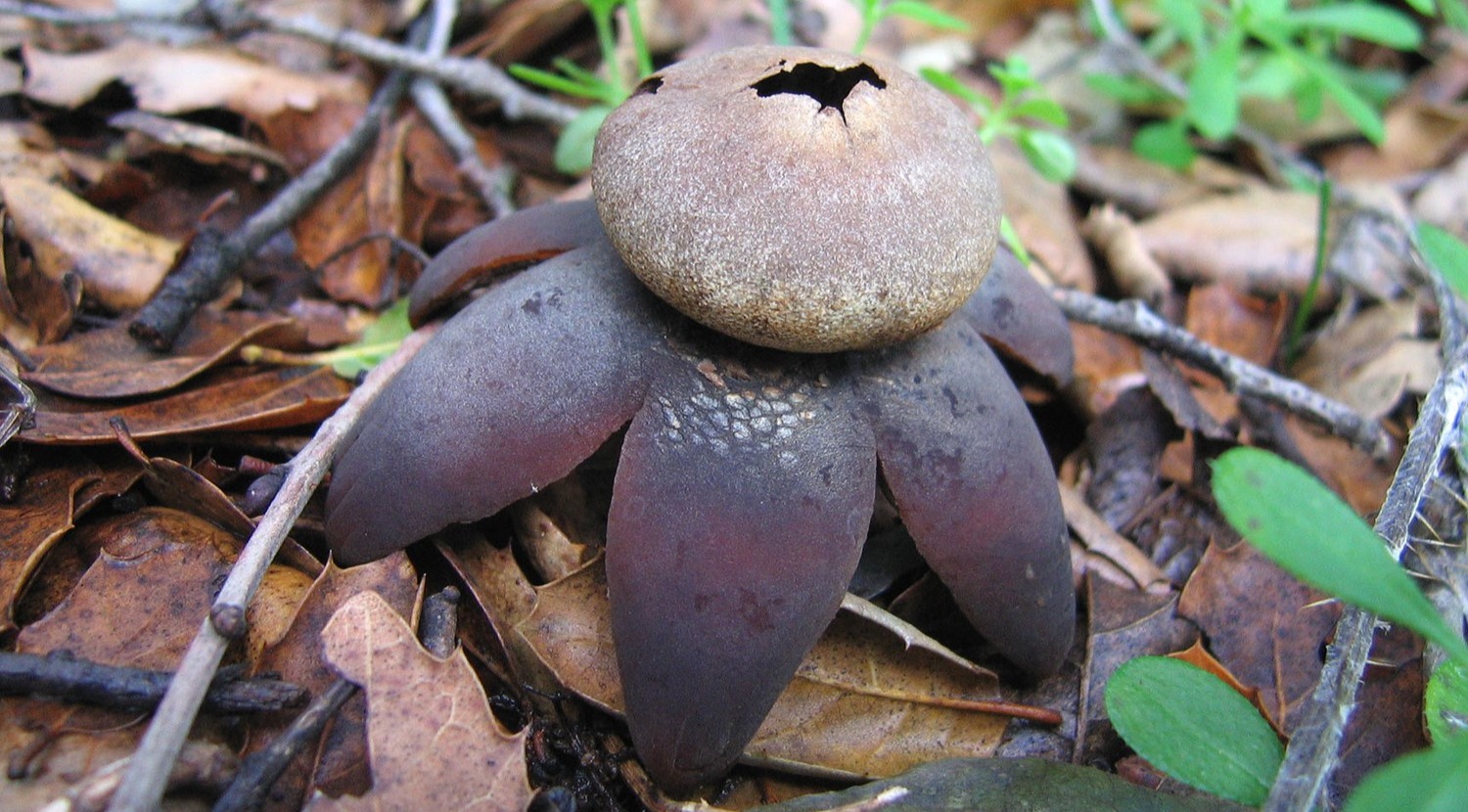
Earthstar
The earthstar fungus uses its “feet” to raise itself off the forest floor to better disperse spores. When raindrops strike its upper ball-like surface, puffs of spores are released that drift in all directions.
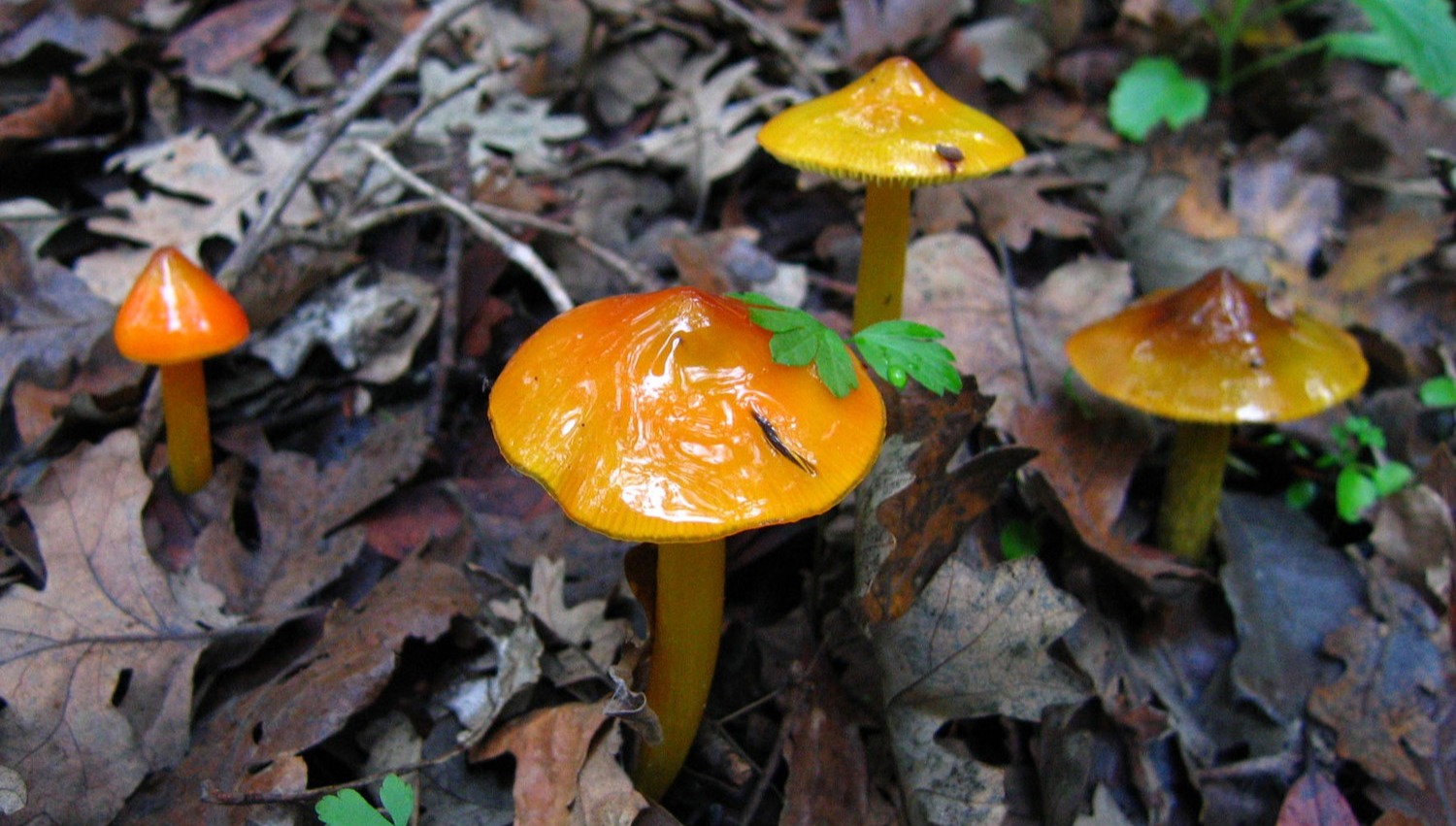
Witch's hat
Young witch’s hat mushrooms range from bright red to orange to yellow. As they age (or if injured), these mushrooms turn jet black. This fungus spreads its cap like an umbrella to release spores.
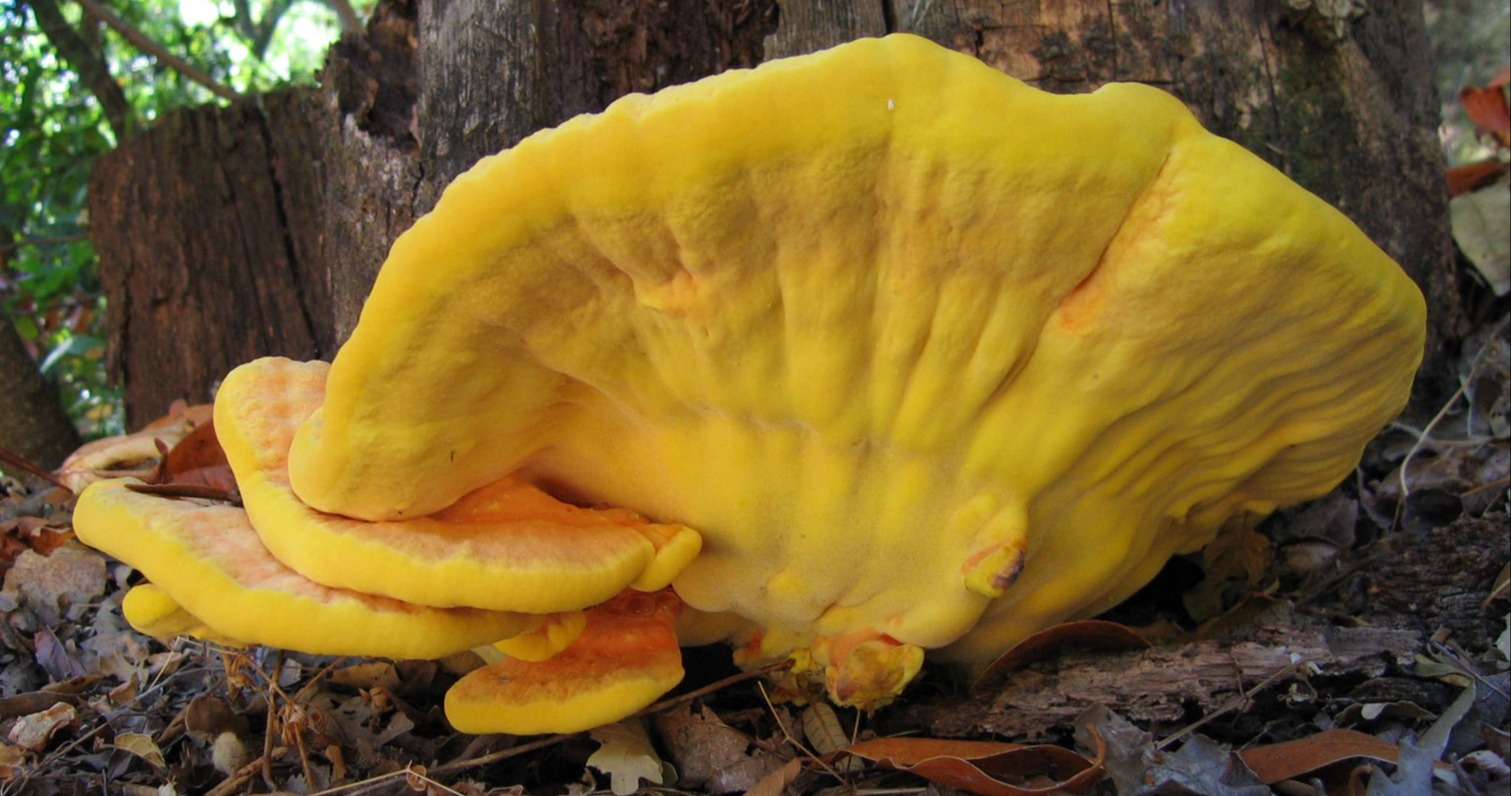
Sulfur polypore
This large yellow-orange bracket fungus is common on large oak trees, logs, and stumps. Their unique shape led to their nickname “chicken of the woods”! Spores are produced in the pores on the underside of each bracket, or shelf-like body, and are released.
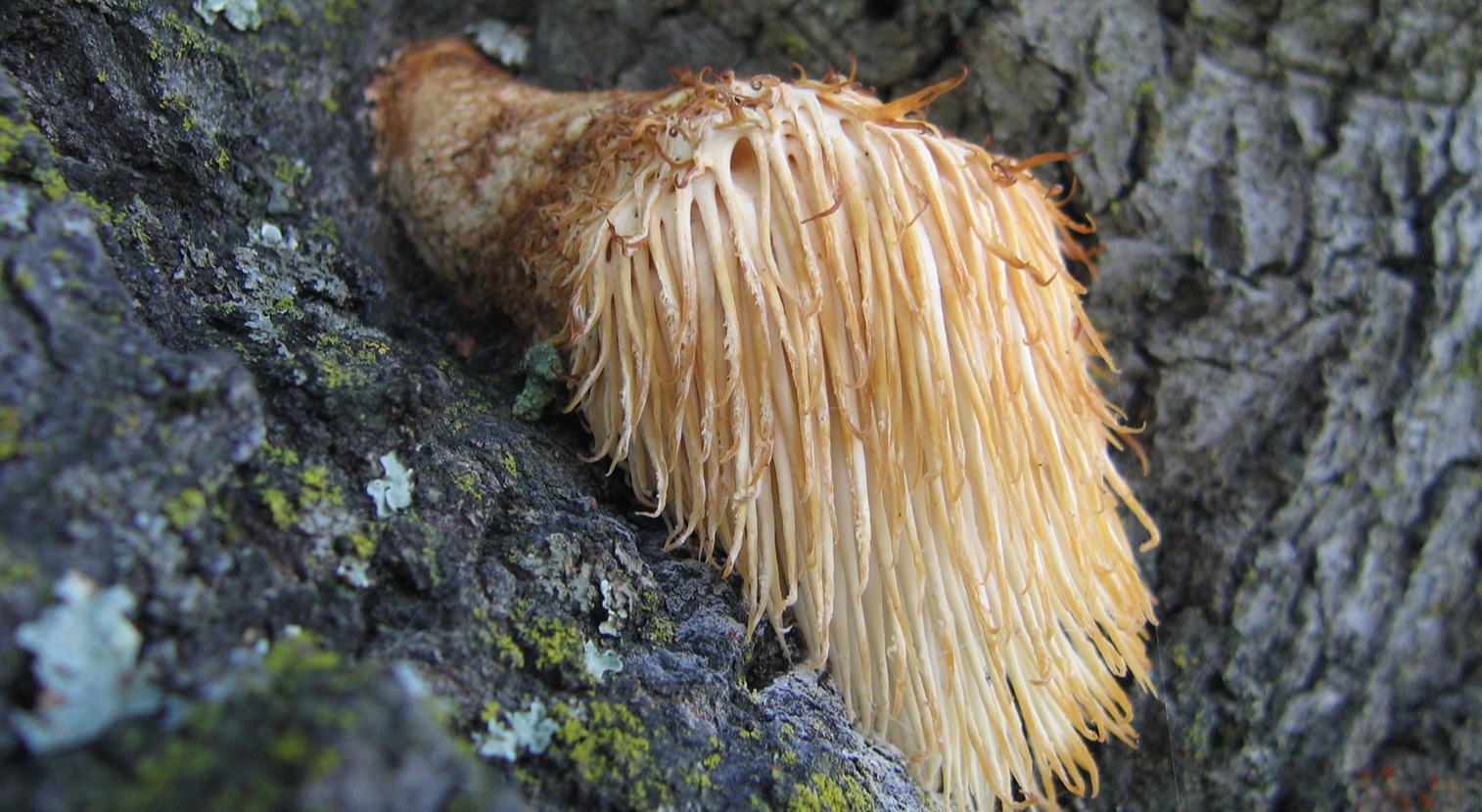
Lion’s mane
Lion's mane is a tree-dependent mushroom that grows high on the trunks of tall oaks. Each “hair” in its mane releases spores in 10–15-minute intervals to optimize dispersal.
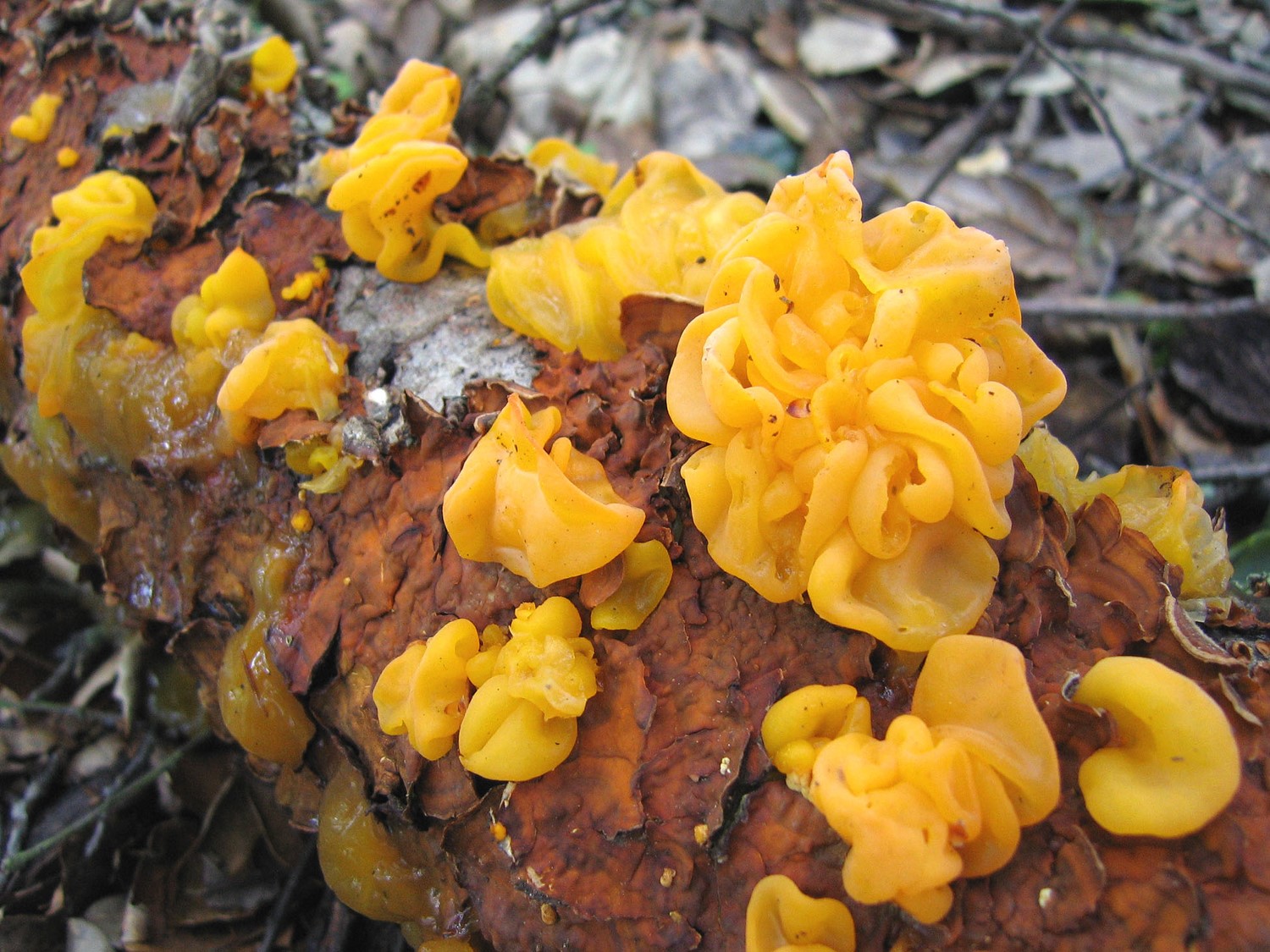
Witch’s butter
Witch’s butter emerges after a good rain. It grows on dead deciduous wood and has a yellow jelly-like texture. After releasing spores, it literally melts away!
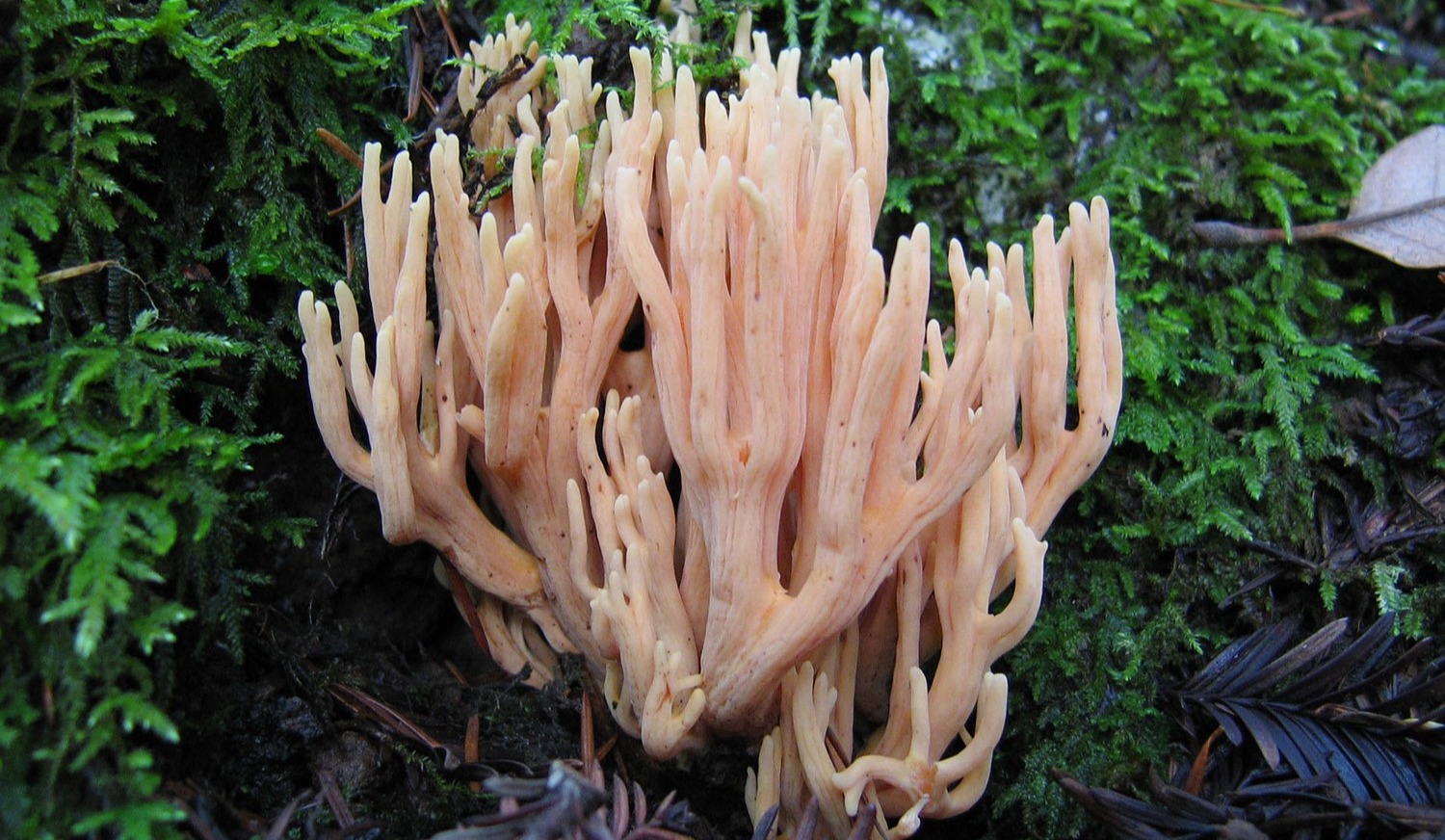
Coral mushroom
Coral mushrooms come in a variety of colors, from translucent white to yellow to pink. Their breathtaking clumps can grow between two to five inches high and eight to ten inches across.

Comb tooth mushroom
The comb tooth mushroom is a delicate species found in mixed oak woodlands and redwood forests, growing on decaying wood. This mushroom has many branches covered with tufts of hanging toothlike spines.
If you are lucky, you’ll find one or multiple of these interesting mushroom varieties on your next outdoor adventure. If you do, be sure to take only pictures.
